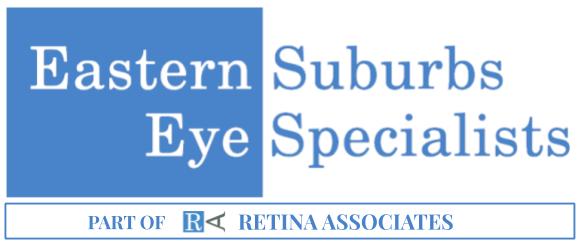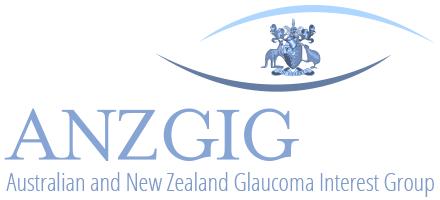RETINAL VEIN & ARTERY OCCLUSION
What is a Retinal Vein Occlusion?
Who is at Risk of Retinal Vein Occlusion?
What are the Symptoms of Retinal Vein Occlusion?
Types of Retinal Vein Occlusion
Central Retinal Vein Occlusion (CRVO)
Branch Retinal Vein Occlusion (BRVO)
How is Retinal Vein Occlusion Diagnosed?
How is Retinal Vein Occlusion Treated?
- Intravitreal anti-VEGF injections
- Intravitreal Steroid injections
- Retinal Laser Treatment










